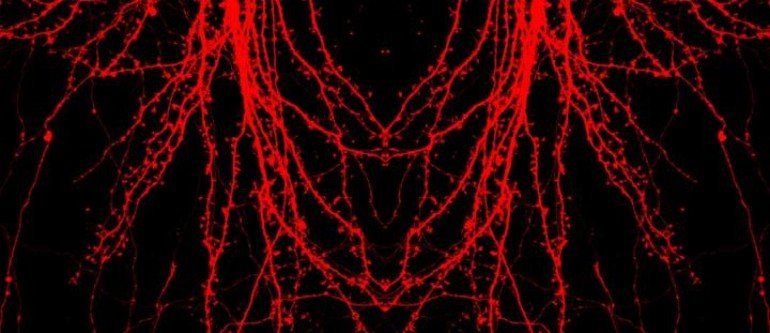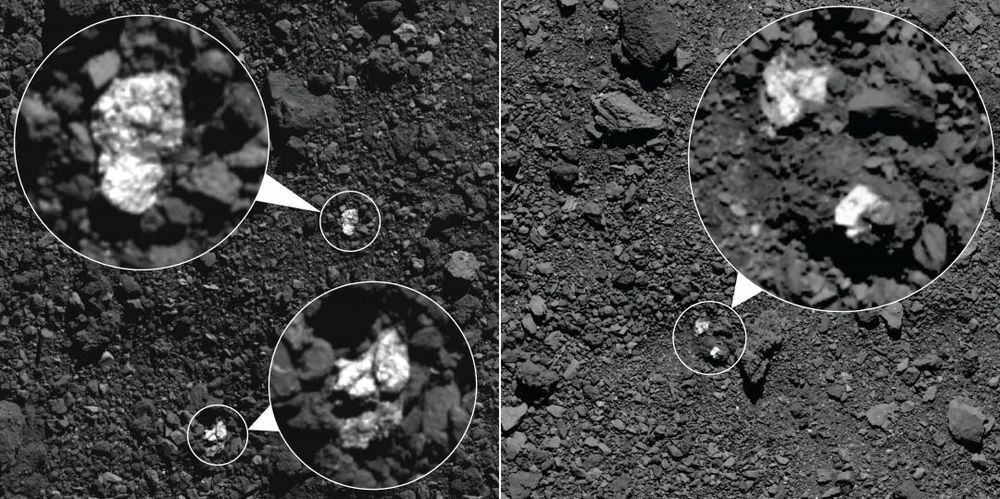
Get the latest international news and world events from around the world.


Airbus wins ambitious ESA mission to bring first Mars samples back to Earth

Luxembourg, 14 October 2020. – Airbus has been selected by the European Space Agency (ESA) for its ambitious five-year mission to go to Mars and bring the first samples from the Red Planet back to Earth, the company announced in Toulouse.
Airbus acts as ESA’s prime contractor for the Earth Return Orbiter (ERO), the first ever spacecraft to bring Martian samples back to Earth, the company said. The value of the contract is € 491 million.
The Mars Sample Return mission is a joint campaign from ESA and NASA and the next step in the exploration of Mars, Airbus said. The Earth Return Orbiter (ERO) and the Sample Fetch Rover, both designed and built by Airbus, are the two main European elements of that campaign.

Nvidia will power world’s fastest AI supercomputer, to be located in Europe
Nvidia is is going to be powering the world’s fastest AI supercomputer, a new system dubbed “Leonardo” that’s being built by the Italian multi-university consortium CINECA, a global supercomputing leader. The Leonardo system will offer as much as 10 exaflops of FP16 AI performance capabilities, and be made up of more than 14,000 Nvidia Ampere-based GPUS once completed.
Leonardo will be one of four new supercomputers supported by a cross-European effort to advance high-performance computing capabilities in the region, which will eventually offer advanced AI capabilities for processing applications across both science and industry. Nvidia will also be supplying its Mellanox HDR InfiniBand networks to the project in order to enable performance across the clusters with low-latency broadband connections.
The other computers in the cluster include MeluXina in Luxembourg and Vega in Slovenia, as well as a new supercooling unit coming online in the Czech Republic. The pan-European consortium also plans four more Supercomputers for Bulgaria, Finland, Portugal and Spain; though, those will follow later and specifics around their performance and locations aren’t yet available.

A New Approach to Analyzing the Morphology of Dendritic Spines
Summary: A clusterization approach allows researchers to analyze dendritic spines in new ways.
Source: SPbPU
Dendritic spines are small protrusions from a neuron’s dendrite membrane, where contact with neighboring axons is formed to receive synaptic input. These spines have different sizes, shapes, and density. Changes in the characteristics of the dendritic spines are associated with learning and memory and could be a feature of neurodegenerative disorders like Alzheimer’s disease and Huntington’s disease.

SpaceX hopes to launch two batches of Starlink satellites from Florida in one week
Elon Musk is looking to get caught up after several weeks marked by delays.
What Would a Quantum Internet Look Like?
In this episode, we’re tackling the question that’s on everyone’s minds: what will it take to have quantum internet in our home?
» Subscribe to Seeker! http://bit.ly/subscribeseeker
» Watch more Elements! http://bit.ly/ElementsPlaylist
» Visit our shop at http://shop.seeker.com
A quantum internet is in the works.
The U.S. Department of Energy recently rolled out a blueprint describing research goals and engineering barriers on the way to quantum internet.
The DOE’s latest blueprint for a quantum internet in the U.S. has four key milestones. The first is to make sure quantum information sent over current fiber optic cables is secure. Then to establish entangled networks across colleges or cities, then throughout states, and finally for the whole country.
But what exactly is quantum internet? There is no real clear meaning beyond “sending quantum signals back and forth,” and there are a few ways to go about doing it.
In February 2020, the Department of Energy announced they had sent two entangled photons over two separate 42 kilometer fiber optic loops and had verified they were still correlated when they returned. They hailed it as a milestone on the way to developing a national quantum internet.

Elon Musk Robotaxi Coming: Will Make Uber Obsolete |elonTV
Is Tesla about to revolutionize the way we travel once more? Will it keep its promises? Or will regulators prove a massive oil slick to progress? A giant network of autonomous cars, that will drive at a very low cost and much safer than any human ever could. Everything we know about Tesla RoboTaxi Service.
0:00 Robotaxi information
3:09 preview of tesla ride sharing app functionality
4:49 Q2 2020 Earning Call — elon talks about driving the FSD tech himself
5:51 Elon Musk talks about Level 5 Autonomy and when Elon Musk hopes will reach full Level 5 Autonomy.
#fullselfdriving #elonmusk #robotaxi
Tesla has potentional to make uber obsolete. a full FSD upgrade will make Tesla Taxis will make billions. We cover everything we know about tesla ride sharing service so far and how tesla will command the robotaxi market. watch elon musk unveil plans for a ride-hailing service.

NASA is getting ready to land on an asteroid that may hold the building blocks of life
With NASA getting ready to land a spacecraft on the asteroid Bennu in just a few short days, the mysterious space rock is already revealing some of its secrets, including the presence of carbon-bearing materials.
Several studies were published on the matter in the journals Science and Science Advances, noting that carbon-bearing, organic material is “widespread” on the surface of the asteroid. This includes the area where NASA’s OSIRIS-REx spacecraft will take its first sample from, known as Nightingale, on Oct. 20.
“The abundance of carbon-bearing material is a major scientific triumph for the mission. We are now optimistic that we will collect and return a sample with organic material – a central goal of the OSIRIS-REx mission,” said Dante Lauretta, OSIRIS-REx principal investigator at the University of Arizona in Tucson, in a statement.